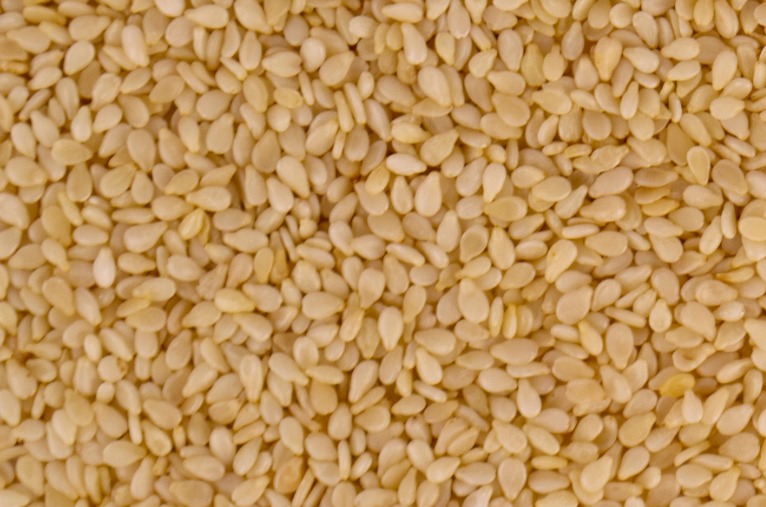
In W43 in the sesame seed landscape, China has experienced a significant drop in sesame seed imports in the first eight months of 2023, primarily due to rising global sesame prices, especially in African nations. This trend was further exacerbated by the depreciation of the Chinese yuan against the US dollar, increasing import costs and discouraging traders from stocking up. Despite this decline, China is forecasted to maintain its leading position in the global sesame trade due to the substantial gap between local supply and demand. Challenges such as price fluctuations and limited supply persist, but opportunities remain as the food industry's demand for sesame seeds continues to grow. Africa, with competitive offerings and tariff-free access to China, remains a key player in meeting China's sesame seed demand. However, China needs to navigate potential price fluctuations and enhance cooperation with these countries to ensure a steady supply.
Furthermore, as of October 25, 2023, the sesame seed inventory at Huangdao Port, China, has increased to 146.70 thousand metric tons (mt), marking a 47.14% month-on-month (MoM) increase. This surge is primarily due to the arrival of sesame seeds from Pakistan and reduced trading activities resulting from historically high prices. Dealers are reluctant to lower prices, as the high import costs leave little room for price reduction. The inventory is expected to continue growing in the upcoming weeks with additional arrivals from Pakistan, while prices are likely to remain relatively stable.
The withdrawal of the southwest monsoon in India on October 19 has created a mixed impact on agricultural crops. While it favored the maturation of Kharif crops such as rice, cotton, sugar cane, soybeans, and corn, and initiated the planting of rabi crops like sesame, mustard, barley, and peas, it also brought episodes of mid-latitude rains in northern India and Pakistan with over 100 mm of rainfall. These rains were unfavorable for the harvest of cotton and rice in the region. Continuous monitoring and adaptive strategies for agricultural management in India are essential to navigate these diverse conditions.
In the Derecik district of Türkiye, sesame harvest has started. The 2023 harvest is expected to have a positive economic impact on the region. Local farmers highlighted the fertile soil in the region and the practice of planting wheat and then sesame, emphasizing the reliance on manual labor due to the rugged terrain where machinery cannot access some fields.
Lastly, in response to the declining tobacco market in North Carolina, United States (US), farmers have diversified their crops to include sesame as part of a new initiative supported by the North Carolina Department of Agriculture. Planted across 16 counties and totaling 2.25 thousand acres, sesame holds promise due to rising demand, resilience in varied soils, drought tolerance, resistance to nematodes and deer, and its ability to adapt to climate change. The successful introduction of sesame has spurred growing interest among farmers in North Carolina.



